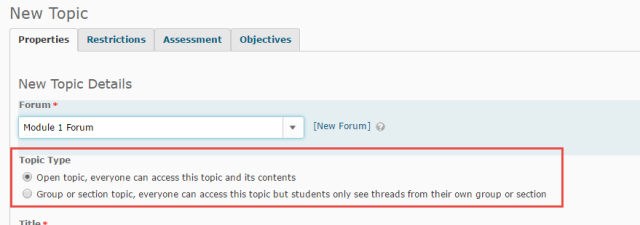Setting up your D2L course sites for next term? Are you wondering if your students know how to access D2L?
If you have a D2L course site at Camosun College, your students will not have access to that site until the first day of classes, although they can login to D2L one week earlier (note that wait-listed students won’t have access to D2L until they are officially enrolled).
One way some of our faculty members let students know about D2L is by emailing them before classes begin, both to let them know what to expect on Day 1, and to let them know that they will have a D2L site associated with their course. This is a great way to both connect with your students before you see them for the first time, and alleviate some of the anxiety they may have about that first day of class.
While the specific content of that email will depend how you use D2L for your course, one thing you could include is a handout showing your students how to login to D2L from the Camosun home page. If you would like to download and use a copy of the eLearning tutorial Logging into D2L – a Student Tutorial, you will find the most recent (PDF) version at https://sites.camosun.ca/elearning/wp-content/uploads/sites/2/2017/11/LoggingIntoD2L-August2017.pdf.
If you have any questions about this handout, or want any other tutorials on D2L, let me (Emily Schudel) know: schudele@camosun.ca. I will be glad to help you out!

















































